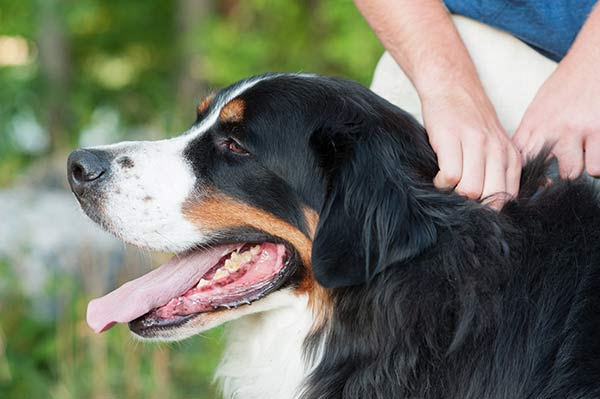Is your dog turning walks into a tug-of-war battle with their incessant leash biting? Say goodbye to the chew and hello to stress-free strolls with these expert tips on how to train your furry friend to kick this bad habit for good. Learn how to transform your daily walks from frustrating struggles into enjoyable bonding experiences in no time!
Understand the Root Cause
The first step in stopping your dog’s leash biting is to understand why they are doing it. Leash biting can be caused by a variety of factors including boredom anxiety excitement and a desire for attention or play. It’s important to identify the root cause so you can address it effectively.
Start with Basic Obedience Training
Before you can expect to stop your dog biting the leash they need to have a strong foundation in basic obedience commands such as “sit” “stay” and “leave it.” These commands will come in handy when you need to redirect your dog’s attention away from the leash and onto something more appropriate. Make sure to practice these commands regularly both indoors and outdoors to reinforce their obedience.
Use Positive Reinforcement
Dogs respond best to positive reinforcement so make sure to reward your dog with treats praise and affection when they exhibit good behavior. When your dog starts to bite the leash redirect their attention to a toy or treat and reward them for chewing on that instead. This will help them understand that chewing on the leash is not acceptable behavior.
Exercise Before Walks
A tired dog is less likely to engage in destructive behaviors like leash biting. Make sure to give your dog plenty of exercise before taking them for a walk. This will help release any pent-up energy and reduce their desire to chew on the leash.
Use a Durable Leash and Collar
It’s important to use a durable leash and collar as the primary dog training tools when training your dog to stop biting. This will not only prevent your dog from breaking free and potentially getting into dangerous situations but it will also discourage them from biting due to the lack of give in the materials.
Be Consistent
Consistency is key when it comes to training your dog. Make sure to use the same commands and techniques every time your dog starts to bite the leash. This will help them understand what behavior is expected of them and what is not acceptable.
Be Patient and Persistent
Training takes time and patience so don’t get discouraged if your dog doesn’t stop your dog biting their leash right away. Be persistent and consistent with your training and eventually your dog will learn that leash biting is not acceptable behavior.
Common Mistakes to Avoid When Trying to Stop Leash Biting
- Punishing your dog for leash biting: This can create fear and anxiety in your dog and may make the behavior worse.
- Inconsistency: If you are not consistent with your training your dog will become confused and may continue to bite the leash.
- Using a retractable leash: These leashes can encourage leash biting as the tension on the leash changes frequently. Stick to a standard leash for training purposes.
- Not providing enough mental and physical stimulation: Boredom and excess energy can lead to leash biting so make sure your dog is getting enough exercise and mental stimulation.
- Giving in to your dog’s demands: If your dog is biting the leash to get your attention or play giving in and engaging with them will reinforce the behavior.
Dealing with setbacks
It’s normal for there to be setbacks during the training process. If your dog starts biting the leash again don’t get discouraged. Instead go back to the basics and reinforce the training techniques you have been using. It’s also important to identify the triggers that may be causing your dog to bite the leash and address them accordingly. For example if your dog is biting the leash out of boredom make sure they are getting enough exercise and mental stimulation. If the behavior persists seek the help of a professional trainer or behaviorist for additional support.
Conclusion
Leash biting can be a frustrating behavior but with patience consistency and positive reinforcement it can be addressed and corrected. Remember to always use positive reinforcement techniques be patient and persistent and seek professional help if needed. With time and effort your dog will learn to walk politely on a leash without biting.






